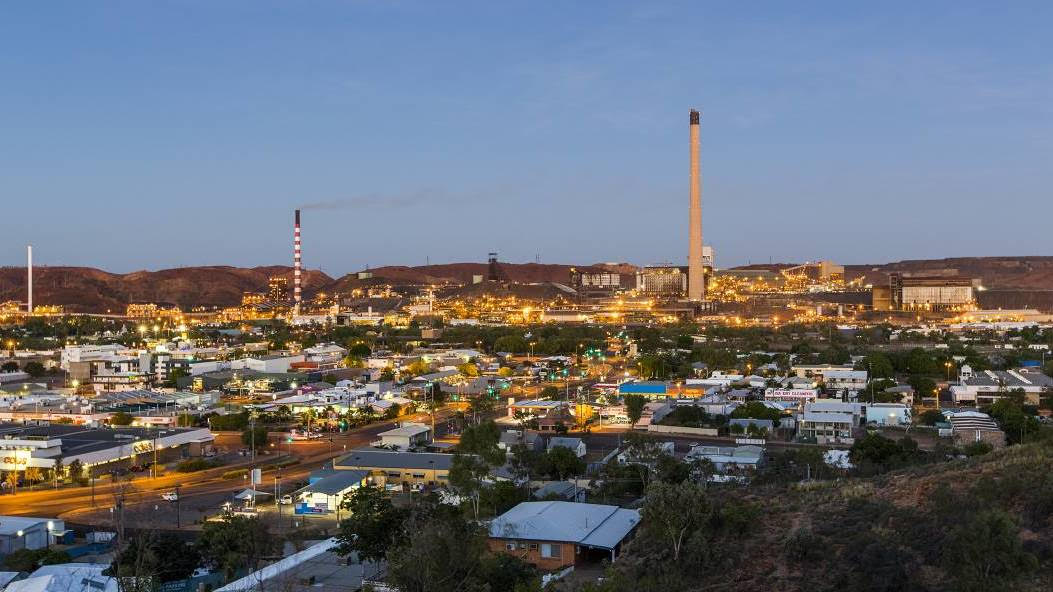The federal government has long pledged that technology, not taxes, will put Australia on the path to net zero. The good news is we have the technology we need to decarbonise, from solar panels (which Aussies helped to invent) and wind turbines to batteries and electric vehicles which require critical minerals that Australia has in abundance. What is needed is government support to accelerate the deployment of these technologies. Yet, such support was notably absent from the 2021 budget.
If the 2020 budget could be characterised as having pro-renewables investments exceeding $1bn announced under the guise of pro-gas rhetoric, Tuesday’s budget doubled down on gas not just in rhetoric but in over half-a-billion dollars in funding commitments. Given we have more leeway in this year’s budget to invest in the country’s future as we seek to rebuild post-pandemic, it is a missed opportunity to put Australia on the path to become a renewable superpower.
It is also somewhat baffling given the events of the last 12 months; increasing severity of extreme weather events and our 2019-20 bushfire season signalling what we face if climate change goes unchecked, COVID-19 creating an urgent need to shore up jobs, and the election of Joe Biden presaging the most ambitious pro-climate commitments of any developed country.
The new Biden administration has tabled its American Jobs Plan (also known as the Infrastructure Plan), which sets a new bar. It represents an investment of around 5.65% of America’s GDP in clean recovery stimulus measures. Other leading countries are committing between 1-2% of GDP over the next decade. Meanwhile, Australia’s current pledges equate to a mere 0.14% of GDP.
There are some positive steps. Investments in hydrogen generation – provided it is powered by renewables – and green steel are much needed to decarbonise our energy-intensive heavy industries. And funding to support Australian businesses with the uptake of more energy efficient industrial equipment and business practices is welcome.
But the comparative lack of investment will not serve Australia well in the long-term. Indeed, the consequences of inaction may be felt sooner than we think. Not only will we miss out on new jobs and economic windfalls, we also risk exposing Australian exports to corrective measures by more climate-minded trading partners as they seek to level the playing field.
The European Parliament voted in favour of such a levy earlier this year, with its Carbon Border Adjustment Mechanism (CBAM). This would see tariffs imposed on the emissions involved in
the production and shipping of goods being traded. The US, Japan and Korea are considering similar measures.
There are signs, however, that the tide is turning in Australia. WWF-Australia recently released its Renewable Superpower Scorecard, which presents a snapshot of how states, territories and the federal government are performing in the race to become a renewable superpower. ACT and Victoria are pledging investments more akin to leading countries, as a proportion of their GDP. South Australia and Tasmania are thinking beyond “100%” renewables, recognising the opportunity to export. And projects like Sonnen’s battery assembly plant in South Australia and the Kidston solar and pumped hydro project in Queensland show what is possible, when political foresight and investment align.
But the states should not have to do the heavy lifting on renewables without adequate federal investment and leadership, for it slows our nation’s stride. Just imagine how fast we could move, and what we could achieve as a nation if our federal government stepped up and led from the front on this critical agenda.
As global action on climate change gathers pace, the UN Climate Change Conference in November is a notable milestone. It is a point at which Australia will be judged by our international allies and trading partners. We have a five-month window to act and secure our place at the leaders’ table. The alternative is we squander the economic opportunity of a century.
The views and opinions expressed in this article are the author’s own, and do not necessarily reflect those held by pv magazine.
This content is protected by copyright and may not be reused. If you want to cooperate with us and would like to reuse some of our content, please contact: editors@pv-magazine.com.








By submitting this form you agree to pv magazine using your data for the purposes of publishing your comment.
Your personal data will only be disclosed or otherwise transmitted to third parties for the purposes of spam filtering or if this is necessary for technical maintenance of the website. Any other transfer to third parties will not take place unless this is justified on the basis of applicable data protection regulations or if pv magazine is legally obliged to do so.
You may revoke this consent at any time with effect for the future, in which case your personal data will be deleted immediately. Otherwise, your data will be deleted if pv magazine has processed your request or the purpose of data storage is fulfilled.
Further information on data privacy can be found in our Data Protection Policy.